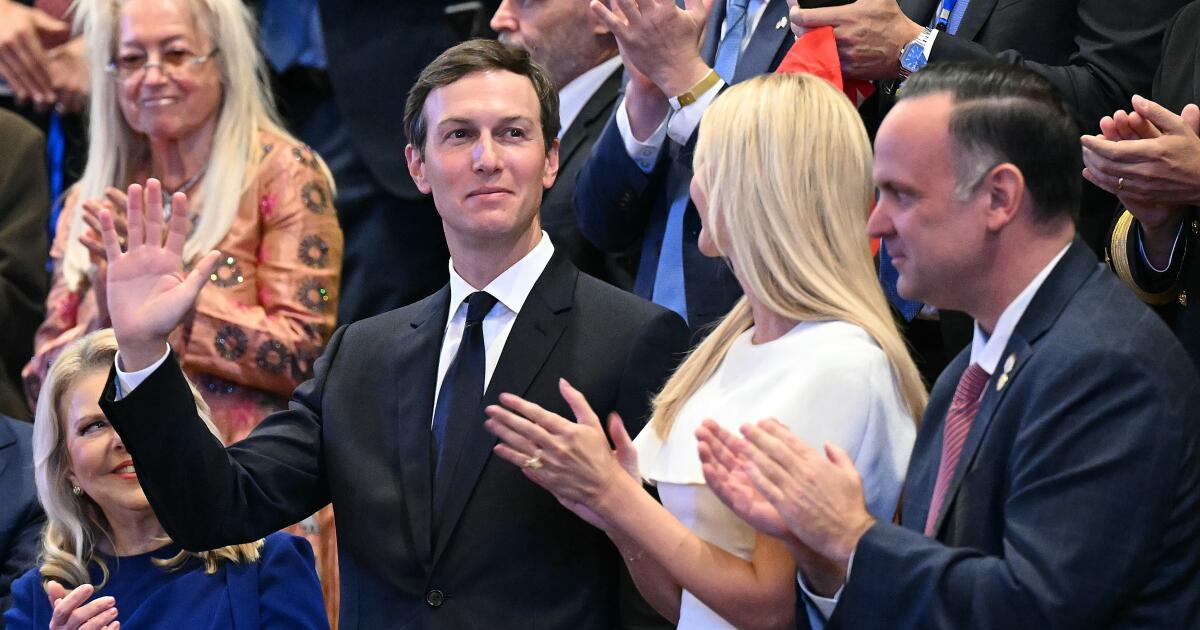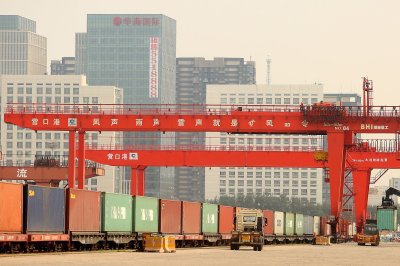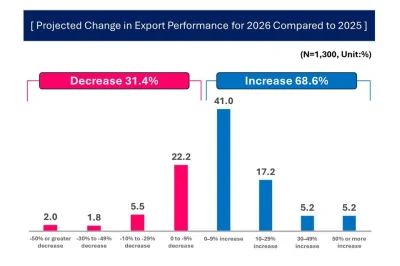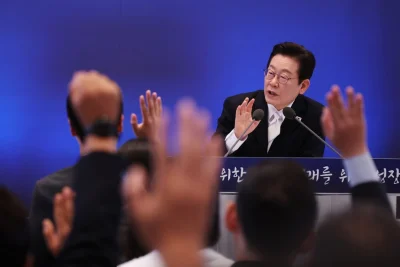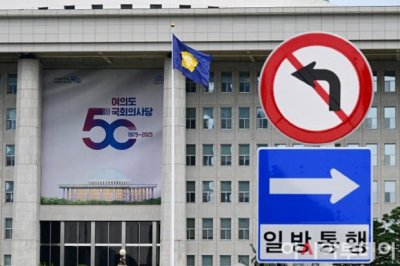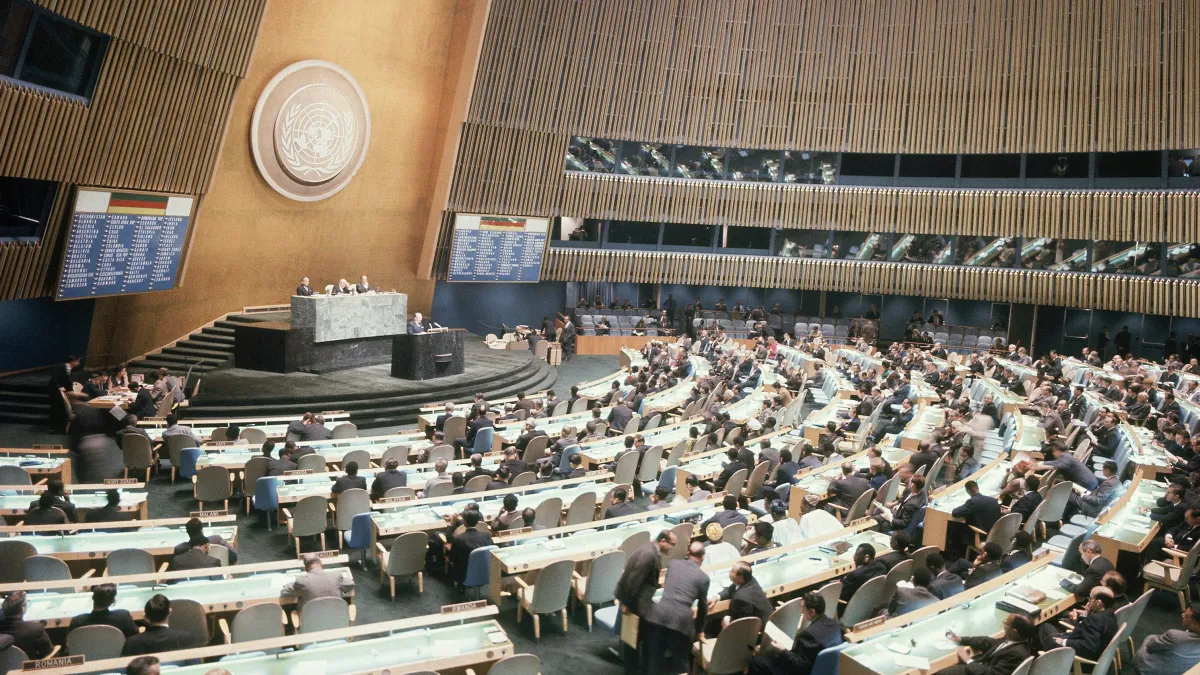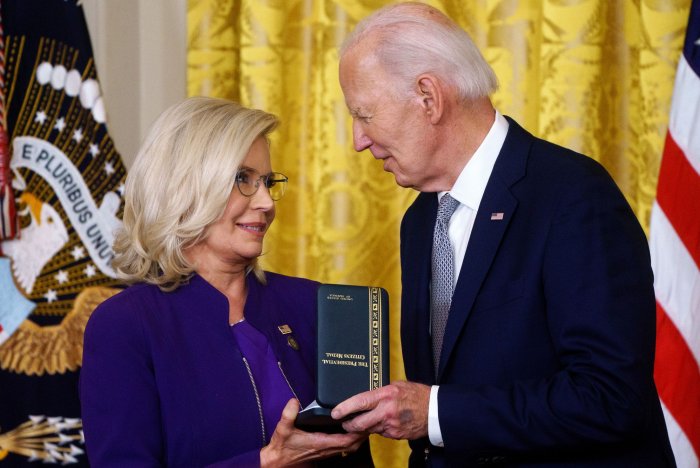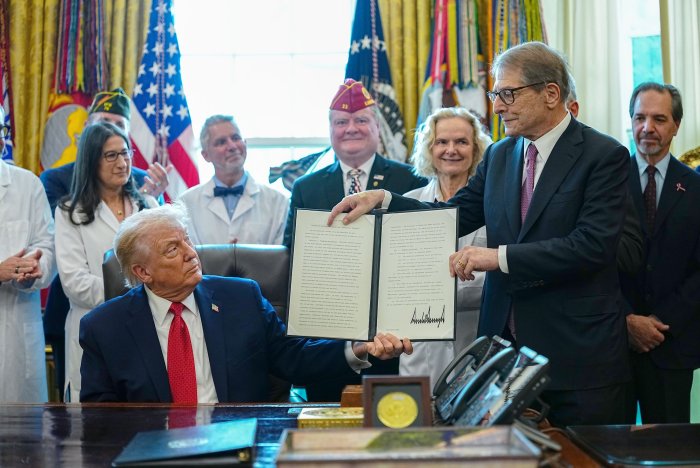WASHINGTON — As the dawn rose on President Trump’s second term, one key figure from his first administration stood back, content to focus on his personal business interests and not retake a formal government role.
Now, nearly a year into Trump 2.0, Trump’s son-in-law Jared Kushner has been drawn back into the foreign policy fold and is taking a greater role in delicate peace negotiations. Talks had initially been led almost solo by special envoy Steve Witkoff, a real estate mogul who had no government experience before this year.
The shift reflects a sense among Trump’s inner circle that Kushner, who has diplomatic experience, complements Witkoff’s negotiating style and can bridge seemingly intractable differences to close a deal, according to several current and former administration officials who, like others, spoke on condition of anonymity to discuss the internal deliberations.
That role was on display this weekend as Kushner and Witkoff took part in a blitz of diplomacy in Miami.
On Sunday, they concluded two days of talks with Russian negotiator Kirill Dmitriev in Miami on the latest proposals to end Russia’s war in Ukraine.
The talks with Dmitriev came after they met on Friday in Florida with the Ukrainian negotiating team, led by Rustem Umerov, as well as senior British, French and German national security officials. The Ukrainians and European officials stuck around Florida for more talks with U.S. government officials facilitated by Trump’s envoys.
Witkoff and Kushner also squeezed in meetings on Friday with Turkish and Qatari officials to discuss the fragile truce between Israel and Hamas in Gaza as they look to implement the second phase of Trump’s ceasefire plan.
Kushner and Witkoff employ contrasting styles
Witkoff, a longtime pal of Trump’s, is seen by some inside the administration as an oversize character who has traveled the world for diplomatic negotiations on his private jet and does not miss an opportunity to publicly praise the president for his foreign policy acumen, the officials say.
Kushner has his own complicated business interests in the Middle East and a sometimes transactional outlook to diplomacy that has distressed some officials in European capitals, a Western diplomat said.
Still, Kushner is seen as a more credible negotiator than Witkoff, who is viewed by many Ukrainian and European officials as overly deferential to Russian interests during the war that began with Moscow’s invasion in February 2022, the diplomat said.
“Kushner has a bit more of a track record from the first administration,” said Ian Kelly, a retired career diplomat and former U.S. ambassador to Georgia who now teaches diplomacy at Northwestern University. Kelly stressed, however, that the jury is still out on Kushner’s intervention.
Trump views Kushner as a “trusted family member and talented adviser” who has played a pivotal role in some of his biggest foreign policy successes, said White House deputy press secretary Anna Kelly.
Trump and Witkoff “often seek Mr. Kushner’s input given his experience with complex negotiations, and Mr. Kushner has been generous in lending his valuable expertise when asked,” Kelly added.
State Department spokesman Tommy Pigott called Kushner “a world-class negotiator.” Pigott noted that Secretary of State Marco Rubio is grateful for Kushner’s “willingness to serve our country and help President Trump solve some of the world’s most complex challenges.”
In an interview with CBS’ “60 Minutes” in October, Kushner spoke about his unconventional approach to diplomacy.
“I was trained in foreign policy really in President Trump’s first term by seeing an outsider president come into Washington with a different school of foreign policy than had been brought in place for the 20 or 30 years prior,” he said.
But some Democrats and government oversight groups have expressed skepticism about Kushner’s role in shaping the administration policies in the Middle East while he manages billions of dollars in investments, including from Saudi Arabia and Qatar’s sovereign wealth funds through his firm, Affinity Partners.
Similarly, Witkoff has faced scrutiny for his and his family’s deep business ties to Gulf nations. Witkoff last year partnered with members of Trump’s family to launch a cryptocurrency company, World Liberty Financial, which received a $2 billion investment from a United Arab Emirates-controlled wealth fund.
“What people call conflicts of interests, Steve and I call experience and trusted relationships that we have throughout the world,” said Kushner, who is not drawing a salary from the White House for his advisory role.
White House counsel David Warrington said in a statement that Kushner’s efforts for Trump “are undertaken in full compliance with the law.”
“Given that Jared Kushner was a critical part of the efforts leading to the historic Abraham Accords and other diplomatic successes in the first Trump Administration, the President asked Mr. Kushner to be available as the President engages in similar efforts to bring peace to the world,” Warrington said in a statement, referring to Trump’s first-term effort that normalized relations between Israel and several Arab nations. “Mr. Kushner has agreed to do so in his capacity as a private citizen.”
Kelly and other veterans of U.S. diplomatic encounters with the Russians over many years are also skeptical about Kushner’s ability to secure a Russia-Ukraine deal because Witkoff technically remains in the lead.
“I don’t see that the Witkoff approach is going to work,” Kelly said. “He doesn’t really read the Russians well. He misunderstands what they say and reports the misunderstandings back to Washington and the Europeans.”
“They seem to have this idea that the magic key is money: investment and development,” Kelly said. “But these guys don’t care about that, they are not real estate guys except in the sense that they want the land, period.”
Kushner was out of the spotlight until he wasn’t
For the first half of the year, Kushner stayed out of the spotlight, even as he pushed, unsuccessfully in some cases, to install some former associates — those with whom he worked on negotiating the Abraham Accords — into powerful roles in the new administration, according to the current and former administration officials.
Kushner had told Trump and others that while he would not be joining the second-term White House, he stood ready to offer his counsel if it was desired. That is a role he also played on a few occasions during the Biden years as the Democratic administration tried, without success, to expand the Abraham Accords.
Although Kushner remained an informal sounding board for Trump and top advisers, he resisted getting directly involved, even as the president expanded his peacemaking pursuits, until it became clear to him and others that the job might be too much for Witkoff to seal on his own, the officials said.
As Trump’s efforts to forge an agreement to end the Israel-Hamas war in Gaza faltered over the summer, Kushner came in, trading on his experience and contacts in negotiating the Abraham Accords to help Witkoff push Trump’s plan over the finish line.
Agreed to in late September after frantic talks surrounding the annual U.N. General Assembly, the 20-point plan is still a work in progress, but its implementation is being coordinated by Kushner and numerous members of his Abraham Accords team.
“We always bring Jared when we want to get that deal closed,” Trump told Israel’s parliament, the Knesset, shortly after the agreement. “We need that brain on occasion.”
As soon as the Gaza plan was finalized, Kushner said he was returning to his family and day job in Miami, where he heads a multibillion-dollar private equity firm. His involvement in high-stakes peacemaking was only temporary, Kushner said, joking that his wife, Ivanka, might change the locks if he did not get home soon.
“I’m gonna try to help set it up, and then I’m gonna hopefully go back to my normal life,” Kushner said in October.
But within weeks of shepherding the Gaza ceasefire, Trump turned again to his fixer-in-law to dive into the Russia-Ukraine negotiations. They had been deadlocked for months despite persistent efforts by the White House to lure both Russian President Vladimir Putin and Ukraine’s Volodymyr Zelensky into an agreement.
Trump hinted then that he would continue to lean on Kushner when the stakes are highest, just as he has done.
Lee and Madhani write for the Associated Press.



